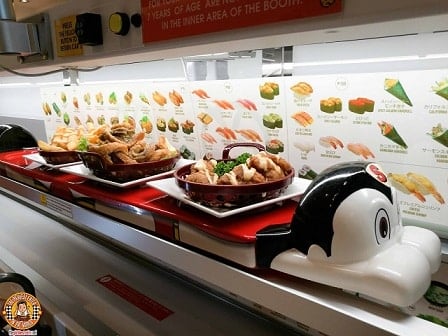This year, the biggest challenges for the restaurant industry have been staff shortages and the rising cost of inflation.
Restaurant operators say the cost of food is a huge challenge, and they expect competition to become fiercer as the year goes on. To compensate for this, restaurant owners and operators are faced with having to increase menu prices. From March 2022 to March 2023, menu prices rose 8%. For 2023, it is anticipated that these higher prices will account for US$997 billion in restaurant sales.
On average, the American household spends around $3,000 every year to dine out. That being said, under half of those families that do dine out are not so willing to spend full price for their desired menu selections. More are gravitating with offsetting dining out costs through weekly specials and programs like Groupon that offer discounted options.
The restaurant industry has had to adjust to consumer wants with more discounts to keep their regulars coming back as well as to attract new customers. This makes it even more difficult for restaurants to turn a comfortable profit.
Where Did the Restaurant Staff Go?
Right now there are around 2 million vacant jobs in the hospitality and leisure sector. Facing staff shortages, restaurant operators are shifting towards more automated and digital services wherever possible. It isn’t that they want to replace human beings, but what does one do if nobody is applying? In steps technology.
It may become the norm quite quickly to take a seat at a table and place your order through a digitized screen instead of being waited on by an actual person. Perhaps even delivering food will be via technology much like Genki Sushi restaurants are doing. Here, patrons place their orders on a screen at the table, and their food arrives much like a train car on a track, stopping right at their table. The diners pick their food up off the car, and off it goes back to the kitchen to fulfill yet another order.
So in the future if not now already, you may find yourself walking into a restaurant and not ever come in contact with a human being. Imagine this: you walk in and fill out a digital screen with one question: How many people? You are directed via screen to seat yourself at table number XX. Once there, you make your menu selections and everything arrives on cars via the track. After you leave, a bus person comes to clear and clean the table. Simple, efficient, and no fuss.
The bigger question is, does this eliminate tipping? That’s a topic for another time.
Register free for IMEX Frankfurt May 23-25 AND click here to schedule your FREE Photo / Video Interview with eTurboNews during IMEX




